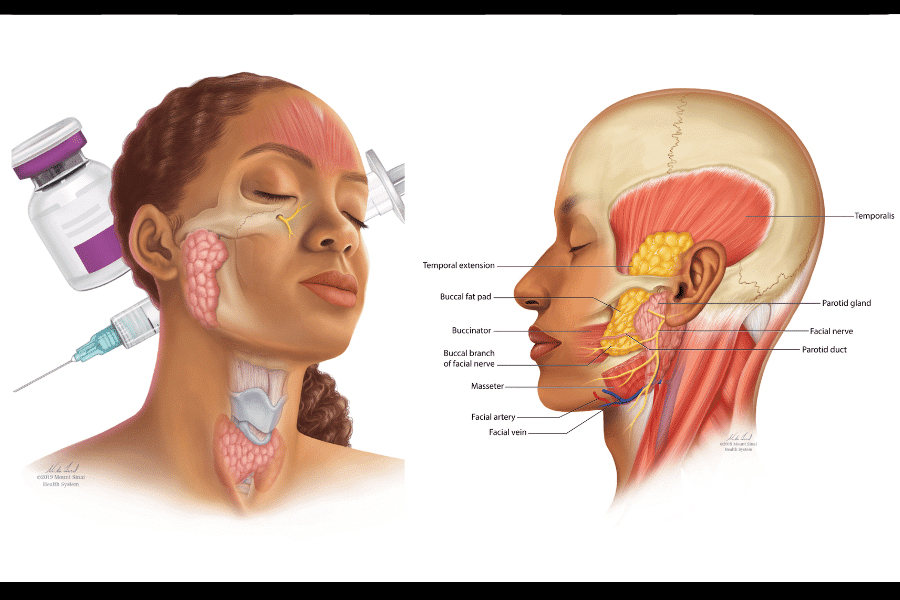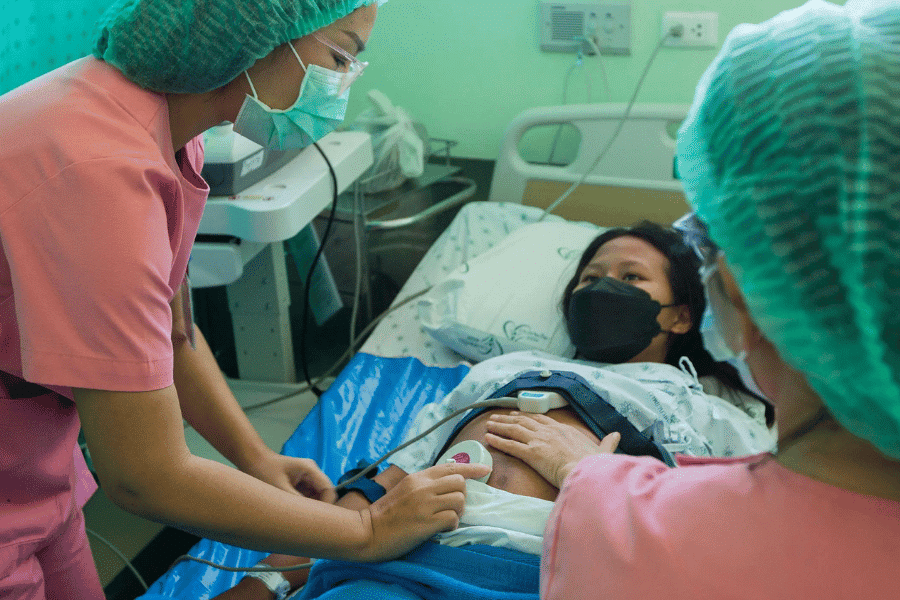
by Shefali Malhotra | 14 Jun 2024 | Asia, Health and Wellness, Science, World
In India, tens of thousands need kidney transplants and can’t get them. High demand and short supply makes organs a valuable commodity. A line of people queue up for an organ transplant. (Illustration by News Decoder) This article was produced exclusively for...

by Lance Roller II | 29 Apr 2024 | Art, Media Literacy, Science
Ailments affect all kinds of people. But images doctors see in their textbooks and research journals don’t often reflect that. AI just makes it worse. Two medical illustrations by artist Ni-ka Ford. On the left is a depiction of botox injections. On the right is...

by Haley Davis | 14 Mar 2024 | Health and Wellness, Indiana University, Science, Student Posts, Technology, Youth Voices
It can spot cancer, answer medical questions and help develop drugs. But we don’t trust artificial intelligence to be our primary doctor just yet. A masked robot next to an MRI machine. (Photo illustration by News Decoder) You’re lying in a hospital bed about to enter...

by Maggie Fox | 4 Mar 2024 | Educators' Catalog, Environment, Health and Wellness
A cyclone can affect trees which impact insects and animals spreading diseases to people. Doctors are realizing that individual health is part of an ecosystem. A bat, a flowering tree and a horse against the backdrop of a tornado. (Illustration by News Decoder) This...
How is having a C-section connected to deforestation? How can a cyclone off the coast of Australia affect the population of fruit bats and horse trainers? Health and science correspondent Maggie Fox dissects the concept of One Health for students in this latest Classroom #Decoder. In the accompanying classroom activity, get students thinking about their own thinking in an exercise in metacognition.
Exercise: With this article, students will engage in The 4 C’s protocol, adapted from Project Zero of the Harvard Graduate School of Education. Students will read the article then answer the 4 C’s. (1) What connections do students draw between the text and their own lives? (2) What ideas or assumptions in the text do they want to challenge or learn more about? (3) What is the text’s key concept or takeaway? (4) How did the text change the way students thought about the topic? Did the text inspire a change in attitude or action? Have students underline or annotate the text in response to each question. Share responses in small groups, then as a larger class.

by Ayeshah Haque | 22 Dec 2023 | Health and Wellness, History, University of Toronto Journalism Fellows, Women
Across cultures and times, midwives have been at the side of women, helping bring healthy babies into the world. Finally, the world recognizes their value. Midwife Sifa Ndeze attends to mother and baby. (Credit: UNFPA DRC/Junior Mayindu) Call them “baby catchers,”...





